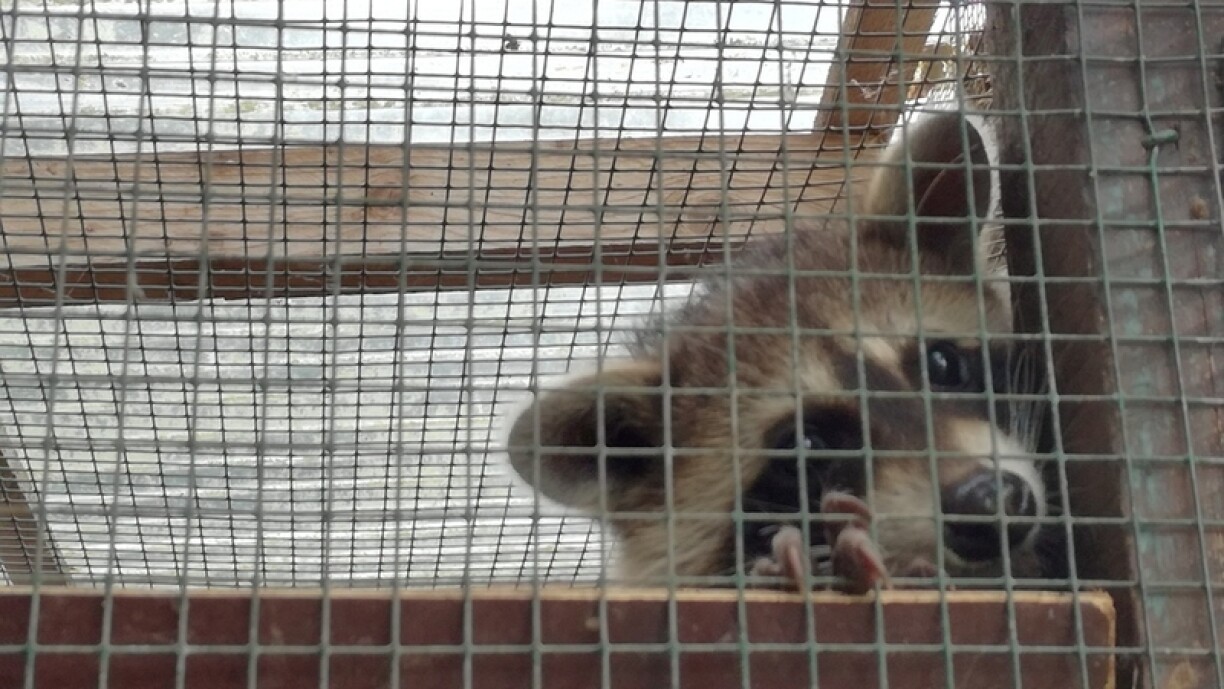
Given the higher amounts of work, the staff of the wildlife station rely on the help of volunteers, but how exactly are volunteers trained to work with wild animals? RTL Radio Luxembourg’s Nadine Gautier sat in on a training session to find out what type of individuals the animal care station is in need of.
Nine people came to the training session out of a passion to be involved and help animals in emergency situations. Of the prospective volunteers, all had different areas of interest. Some volunteers were less keen to be directly involved in handling animals, whereas others were ready to throw themselves into caring for the animals.
The volunteer application forms also cater for these differences, as applicants are able to show a preference for helping alongside a vet or for wildlife taxiing services. Volunteers are also able to help at the sanctuary itself and clean and feed animals, as well as clean their enclosures.

As the wildlife station’s director Raf Stassen specified, volunteers are shown how to properly look after animals, how to act around them, and what to avoid. Crucially, volunteers are not allowed to stroke or pet animals as it is important for the animals to remain naturally shy and not be domesticated.
This point in particular can be difficult to learn and means that volunteers must learn how to properly feed animals. Each type of animal has a different feeding schedule and some animals, such as small birds, require feeding every half an hour. These birds are fed a third of their weight each day.
Carole, who has volunteered at the sanctuary for over a year, said that it is a lot of work. Currently, she looks after around 20 swifts and sometimes needs a whole day just to feed them.
Three vets work at the station, two of whom work part-time. In addition to the vets, there are five carers and five employees on the technical team. The station’s staff is complemented by around 50 to 60 volunteers. Anybody curious about the work of the wildlife station can visit the station on their open days on 14 and 15 September. The station will hold guided visits and workshops for children.